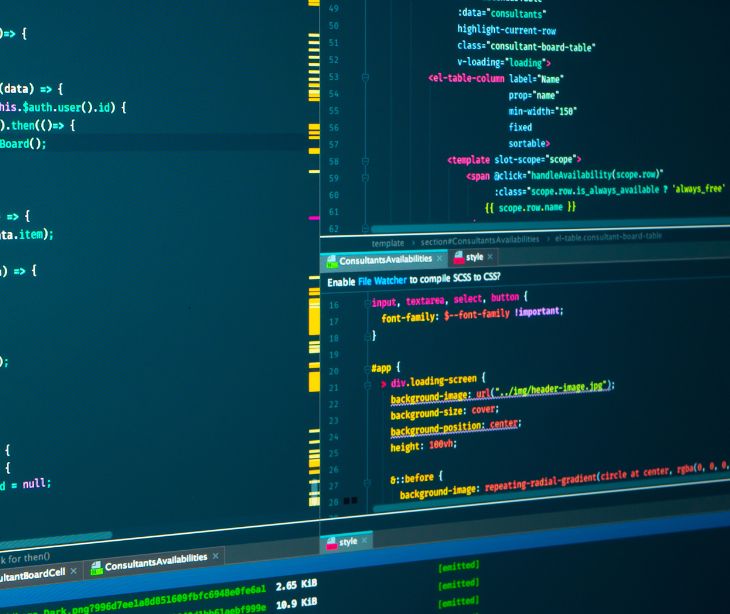
Injection attacks are a broad spectrum of attacks where an attacker manipulates a web application's input to execute unintended commands or queries. The attacker takes advantage of vulnerabilities that allow them to inject malicious code or data into the application, tricking it into performing unintended actions.
Understanding injection attacks
Injection attacks inject malicious content into a web application to achieve specific objectives. These attacks target the input fields of web forms, such as search boxes, login forms, or comment sections, where user-supplied data is processed by the application. Injection attacks can have severe consequences, including data loss or theft, denial of service (DoS), unauthorized access, and compromise of the entire system.
Read more: What is a denial of service attack and why is healthcare targeted?
Types of injection attacks
Injection attacks come in various forms, each targeting specific vulnerabilities in web applications. Let's look at some of the most common types of injection attacks:
SQL injection (SQLi)
SQL injection attacks are one of the most prevalent and dangerous injection attacks. They exploit vulnerabilities in web applications that use SQL databases. By injecting malicious SQL statements, attackers can manipulate the application's database queries, potentially gaining unauthorized access to sensitive data, modifying data, or even executing arbitrary commands on the underlying system.
Cross-site scripting (XSS)
Cross-site scripting (XSS) attacks involve injecting malicious scripts into web pages viewed by other users. These scripts can steal sensitive information, hijack user sessions, or deface websites. XSS attacks typically target the vulnerabilities in web applications that fail to validate or sanitize user input properly.
Command injection
Command injection attacks occur when an attacker injects malicious system commands into a web application, which are then executed by the underlying operating system. These attacks exploit application vulnerabilities that allow user-supplied data to be directly linked to system commands without proper validation or sanitization.
Related: Common cyberattack vectors
Protecting against injection attacks
To safeguard web applications against injection attacks, it is necessary to implement a security strategy that addresses both prevention and detection. Here are some fundamental practices to protect against injection attacks:
Input validation and sanitization
Implement input validation and sanitization mechanisms to ensure user-supplied data is properly validated and sanitized before being processed or included in application logic.
Parameterized queries and prepared statements
Utilize parameterized queries or prepared statements when interacting with databases to prevent SQL injection attacks.
Secure configuration
Ensure that web application servers, databases, and other components are securely configured to minimize the attack surface and eliminate unnecessary vulnerabilities. This includes applying security patches and updates, disabling or removing unnecessary services, and following hardened configuration guidelines.
Access controls and privilege management
Implement strong access controls and privilege management mechanisms to restrict user permissions and limit the potential impact of successful injection attacks. Employ the principle of least privilege, granting users only the permissions necessary to perform their intended tasks.
Web application firewalls (WAFs) and intrusion detection systems (IDS)
Deploy web application firewalls (WAFs) and intrusion detection systems (IDS) to monitor and filter incoming traffic for suspicious or malicious patterns. These security solutions can help detect and block injection attacks in real-time, providing an additional layer of defense.
Regular security audits and penetration testing
Conduct regular security audits and penetration testing to identify and address potential vulnerabilities in web applications. These assessments help uncover hidden injection vulnerabilities and allow for proactive remediation before attackers can exploit them.
Security awareness and training
Promote security awareness among developers, IT staff, and end-users through training programs. Educating individuals about the risks associated with injection attacks and best security practices can help prevent security breaches.
See also: HIPAA Compliant Email: The Definitive Guide
Read also: How to prevent an SQL injection
In the news
Between November and December 2023, the hacker group ResumeLooters stole over two million email addresses and personal information from at least 65 websites using SQL injection and XSS attacks, reports Group-IB. Active since early 2023, ResumeLooters sold the stolen data on Chinese-speaking hacking Telegram groups. The attacks primarily targeted recruitment and retail websites in India, Taiwan, Thailand, Vietnam, and China, with additional victims in countries including the US and Australia. Similar to the GambleForce group, ResumeLooters used open-source tools for SQL injections but also employed XSS scripts to display phishing forms and steal credentials. These attacks compromised databases containing 2.2 million rows of user data, showing vulnerabilities due to poor security practices. Group-IB emphasized that better database management could prevent such breaches, which also pose risks of further targeting by advanced persistent threat (APT) groups.
FAQs
What are injection attacks and how do they relate to healthcare security?
Injection attacks are cyberattacks where malicious code or commands are injected into an application or database query to manipulate its behavior. In healthcare, injection attacks can target web applications, electronic health records (EHR) systems, or databases containing sensitive patient information.
Why are injection attacks a concern for HIPAA compliance in healthcare settings?
Injection attacks are concerning because they can lead to unauthorized access to protected health information (PHI), compromise data integrity, and violate HIPAA’s security and privacy requirements. Successful injection attacks can result in data breaches, financial penalties, and damage to the organization’s reputation.
What role does HIPAA-trained IT staff play in preventing and responding to injection attacks in healthcare?
HIPAA-trained IT staff are necessary in securing healthcare systems against injection attacks by implementing security controls, monitoring for suspicious activities, and responding promptly to incidents. Continuous training and awareness help IT staff stay updated on emerging threats and maintain compliance with HIPAA’s security requirements.
Subscribe to Paubox Weekly
Every Friday we'll bring you the most important news from Paubox. Our aim is to make you smarter, faster.




